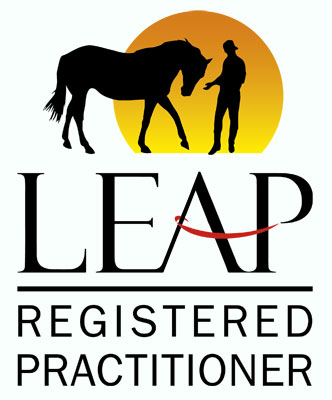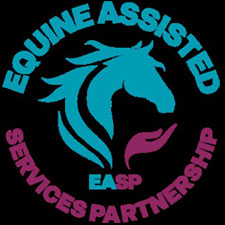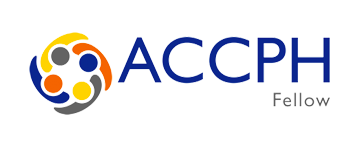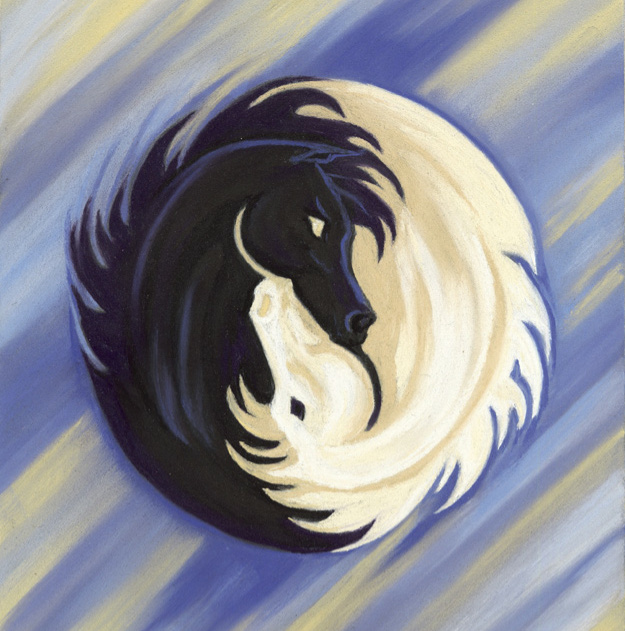
Blog
Horsemanship: It’s All About The CONNECTION
31 May 2022
In order to be able to connect with our horses we must first be connected to ourselves.
By this I mean, that we must be able to feel our emotions and connect with the sensations and messages of our own body. We must know our own baseline and continually monitor this as we step forward to engage a horse in anything, but particularly if we are asking them to do something, e.g. a horsemanship activity. Above all, we must be Congruent first before we ask another to engage with us.
Too many times I have seen people mechanically ask the horse to perform certain movements and activities with absolutely NO connection between the horse and person. It’s as if they learn certain movements and vague, repetitive non-verbal cues and then expect the horse to simply comply, with little or no say in the matter.
This is not Connection.
This is learning by rote without taking the time to FIRST of all learn how to effectively connect to themselves; to know how they are themselves feeling; what obtrusive thoughts and self-conscious pressures are then pressuring them, which in-turn only puts unnecessary pressure on the horse. Most of the time the horse complies through docility and in a shut-down way. Occasionally some horses rebel and “act out”, and are then of course labelled as difficult, unruly and a problem horse. All of which is nonsense.
What the horse is trying desperately to convey through either of these typical responses is that they are not being: a) Asked; b) Listened to, c) Connected to and d) Respected as a living, breathing sentient being with a history, baggage as a result of previous unsavoury human interactions, feelings, ideas and preferences of their own.
Lots of Horsemanship styles and programmes talk endlessly about that magical component: Connection. Yet, all I see happening a lot of the time both within and outside of Equine Facilitated/Assisted work, is no-connection being created and only formulaic approaches being applied, where people simply repeat the movements and actions of what they’ve seen the trainers doing and they’ve been taught to do.
What I love so much about the Eponaquest method in this regard and in my own work and approach, is that this entire process is reversed and highly effective because Connection is the key and priority:
First: We work on getting connected to ourselves – mind, body, emotions, heart and soul.
Second: We establish a connection with the horse and open up a two-way dialogue, asking the horse if it’s OK to approach; if they’d like to do something together and then asking heart-to-heart how the horse would like to play today.
Third: This is an ongoing dialogue maintained throughout the entire interaction from start to finish. Where we listen to, feel and observe the horse’s response, energy, emotional and mental state and feedback. And, then we work through: Is this response in the horse about them or about me? If it’s about me, then I stop, check-in with my body and mind and feelings, realign and re-start IF the horse is happy to do so. If it’s about the horse then I assess what basic need is being denied to the horse during this interaction? Are they isolated from their herd? Are they confused by my cues? Are they simply not wanting to move about right now?
So much of the time it’s wen humans who feel we MUST work our horses; they must be exercised and they must have a function that is deemed normal in the horse world. Whereas actually, horses move very little of the time when left to their own devices and certainly only when the desire of imperative is there to do so. They DO NOT move because they feel they ought to be exercising or to have a purpose in life. That is human nonsense.
This vastly different approach has always been so obvious to me and yet so few take the time to do it this way.
And yet, when you take the time and approach working with another sentient being who has an entirely different outlook and priorities to us, in this way, then there is a huge improvement in the relationship and completion of the activity.
It turns my soul cold when I see the common way of approaching working with horses, where the connection is entirely absent and the result being a person and a horse literally going through the motions and achieving nothing satisfactory for either party. And worse, often leaving the horse utterly confused, switched-off and soulless. So many horses suffer at the hands of their confused, incongruent owners and trainers, it is a tragedy on epic proportions, and one that neither traditional or much of the so-called natural horsemanship in recent decades is yet willing to admit to and change.
At the end of the day, it’s the humans who need to change and be re-trained, to be returned to feeling sensitive beings themselves, not the horses. Because when we get it right in ourselves first, then usually whatever we ask of our horses they happily do, as they know we are listening both to ourselves and them.
They simply can’t trust another being who isn’t first connected to themselves, it’s as simple as that.
©Angela Dunning, 31st May 2022
If you have your own horse/s and would like to learn this very different and beautiful way of engaging and working together with them, then please contact me to discuss options for working together.








